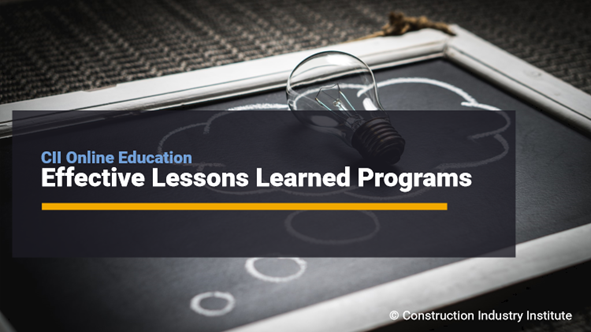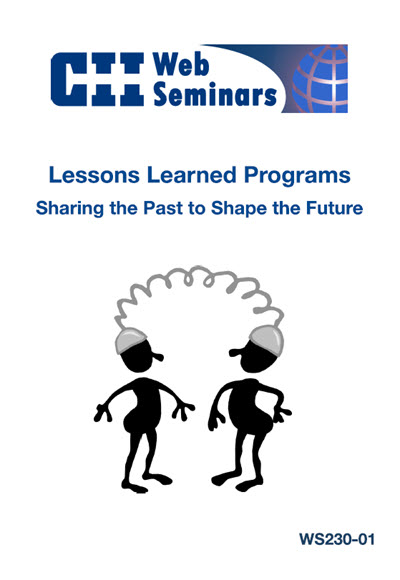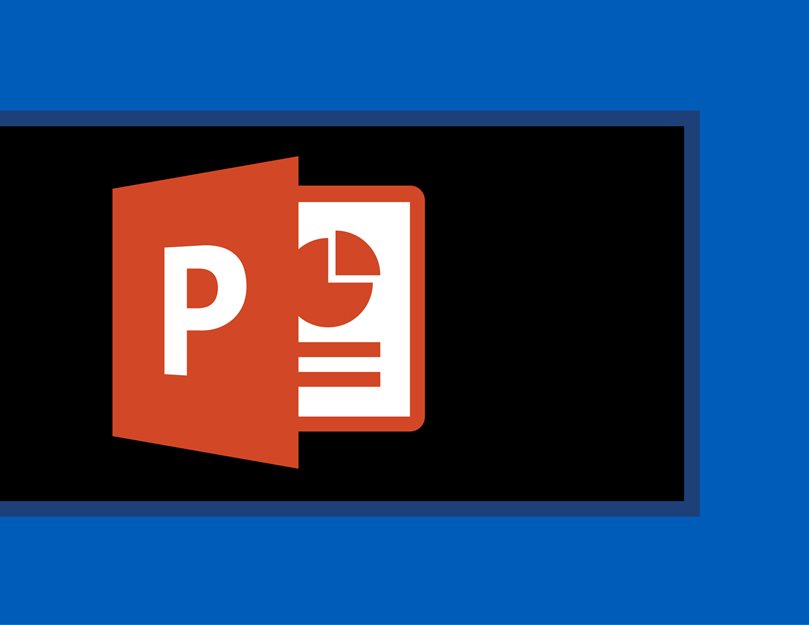
Implementation of Lessons Learned Programs
Organizations in the engineering and construction industry cannot afford to make repetitive mistakes on major projects. Conversely, great benefits come from repeating positive project experiences. This need for institutional memory is amplified by the reality that in the course of normal turnover and retirement, people with years of experience leave their organizations.
An effective lessons learned program (LLP) is a critical element in the management of institutional knowledge; it will facilitate the continuous improvement of processes and procedures and provide a direct advantage in an increasingly competitive industry. For organizations that have already developed a lessons learned program, this publication provides a Maturity Model Matrix and Self-Assessment Questionnaire to determine its effectiveness with respect to seven key program characteristics. For organizations without a current program or those wanting to re-examine their existing one, it offers a Jump Start Guide with recommended steps for the development of a program. In addition, a sample Transactional Work Flow Diagram is provided and serves as a roadmap for typical lessons learned transactions. Together, the tools form a framework for organizations to integrate a lessons learned program into their current work processes. When organizations are able to transfer knowledge through a lessons learned program, they can increase project efficiency—an important capacity in the fast-paced engineering and construction industry.
Before a lessons learned program can become successful, an organization must recognize some special considerations such as legal issues, metrics, cultural and globalization issues, and implementation challenges. (IR230-2, p. 17)
Human resources and IT resources are important in making sure a lessons learned program is successful. None of the surveyed organizations used “off the shelf” technology. Instead, the organizations generated similar, yet customized IT tools to facilitate their program. Additionally, none of the surveyed organizations currently dedicates a full-time employee to facilitate their lessons learned program, though their effort is typically beyond one full-time equivalent employee at any time.
Hard metrics are not commonly used to assess the performance of lessons learned programs. Most of the surveyed organizations implement a lessons learned program because they understand the fundamental importance of lessons learned and do not try to quantify the value of lessons learned.
IR230-2, Implementation of Lessons Learned Programs
Can help organizations put these recommendations into action and includes 4 tools.
For organizations that have already developed a lessons learned program:
- Maturity Matrix Model – The Maturity Model identifies the seven key characteristics of a Lessons Learned Program and classifies each characteristic into four progressive levels of development. Levels 1 and 2 are usually representative of an informal Lessons Learned Program while Levels 3 and 4 are typical of a formal Lessons Learned Program.
- Self-assessment Questionnaire – To determine its effectiveness with respect to the seven key program characteristics.
For organizations without a current program or those wanting to re-examine their existing program:
- Jump Start Guide – Recommended steps for the development of a program
- Transactional Work Flow Diagram – Serves as a roadmap for typical lessons learned transactions.



